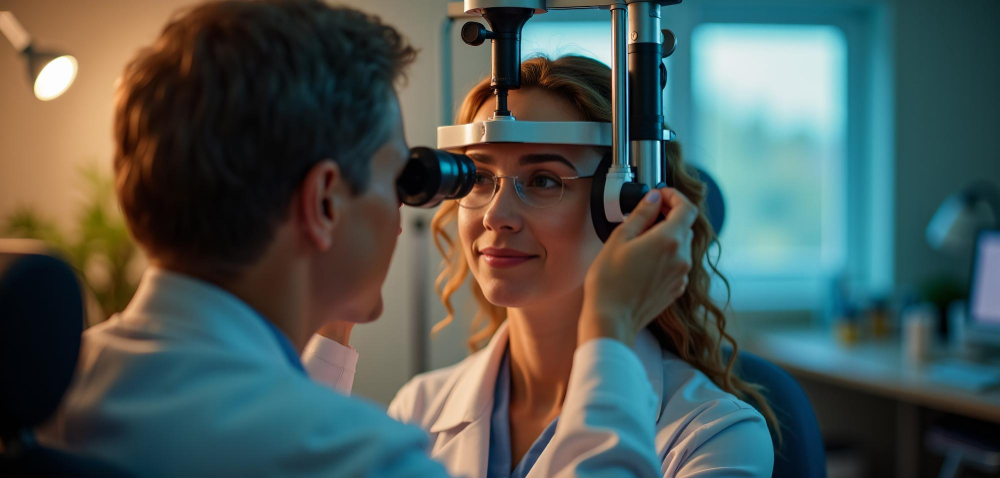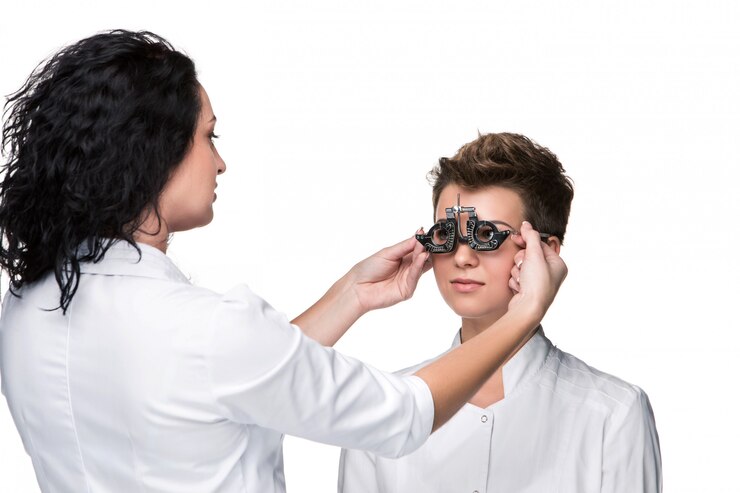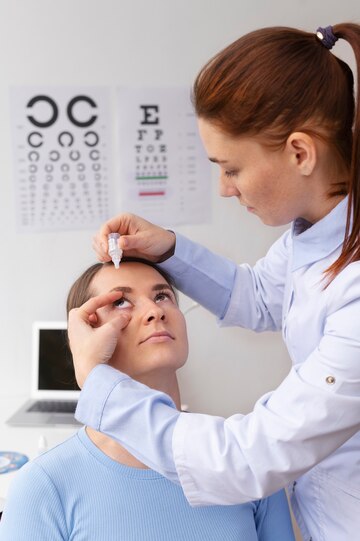


At the eye diseases department , the initial step in a routine eye examination involves discussing the patient's visual complaints. Based on the nature of these complaints, the examination begins with observations of the patient's eyebrows, eyelids, and eye positioning. The patient's refractive error is accurately measured using a computerized auto-refractometer and a retinoscope. Subsequently, visual acuity for each eye is assessed with and without corrective lenses. A detailed biomicroscopic examination is then conducted to evaluate the eyelashes, conjunctiva, cornea, and other components of the eye's anterior segment, followed by intraocular pressure measurement.

Cataract and Its Treatment (Phacoemulsification)
Glaucoma and Its Management

Strabismus
Oculoplastic Surgery
Retinal Diseases

